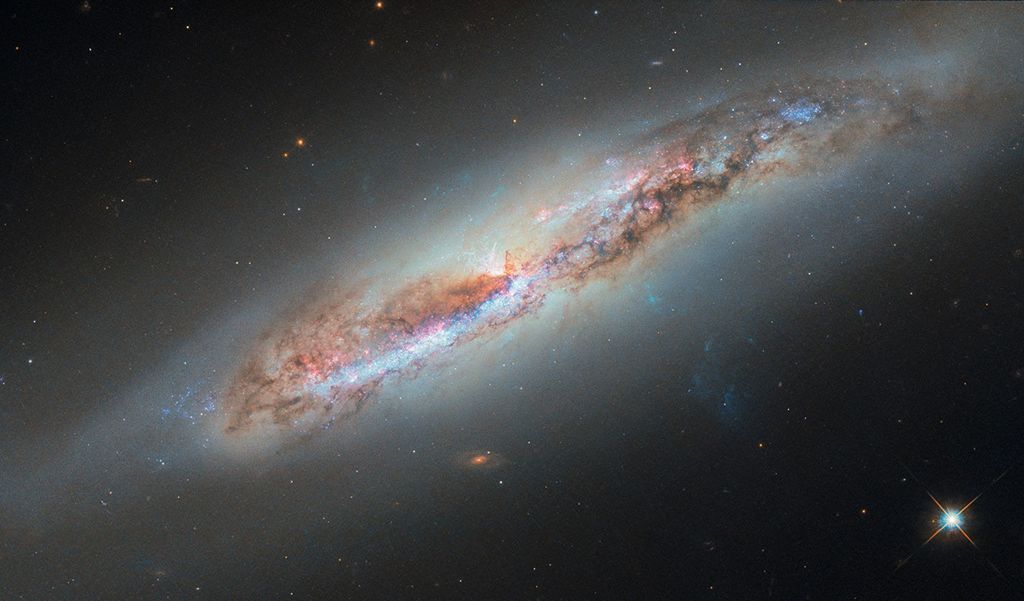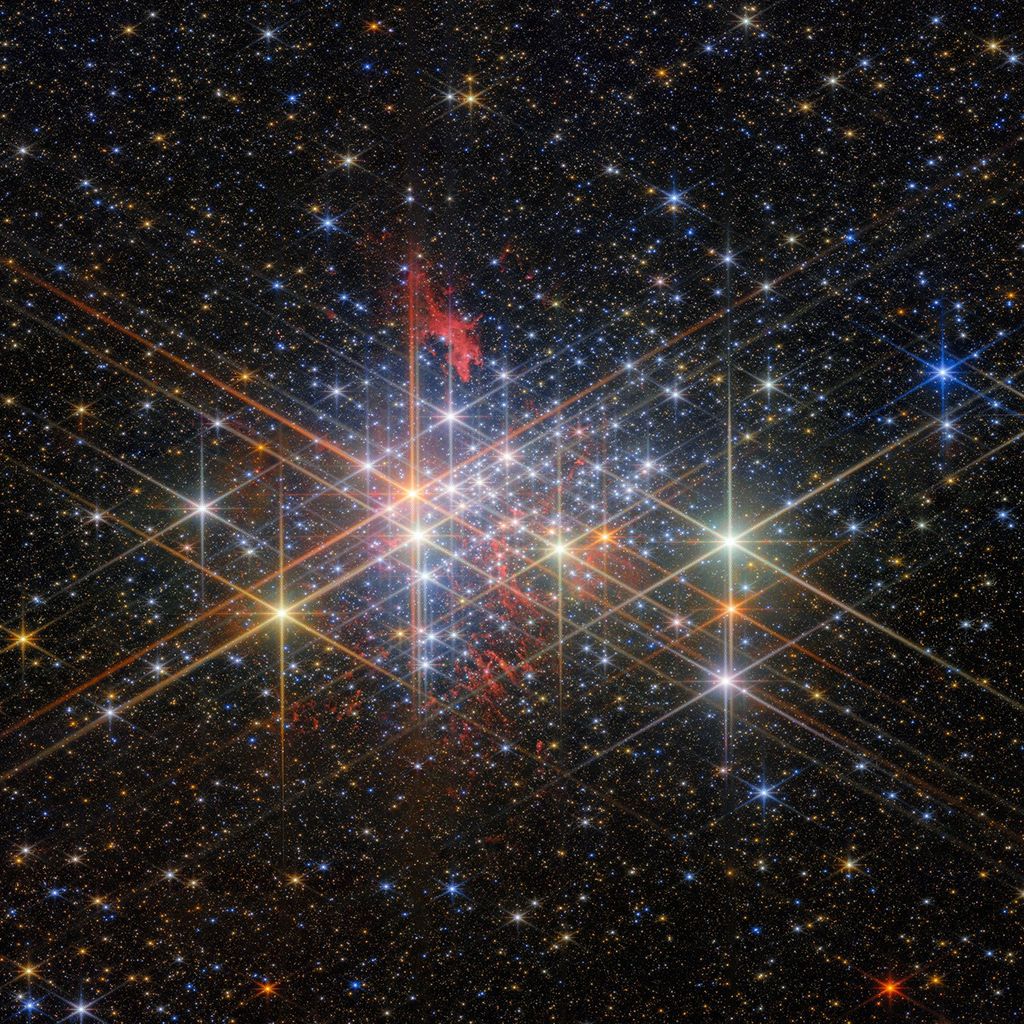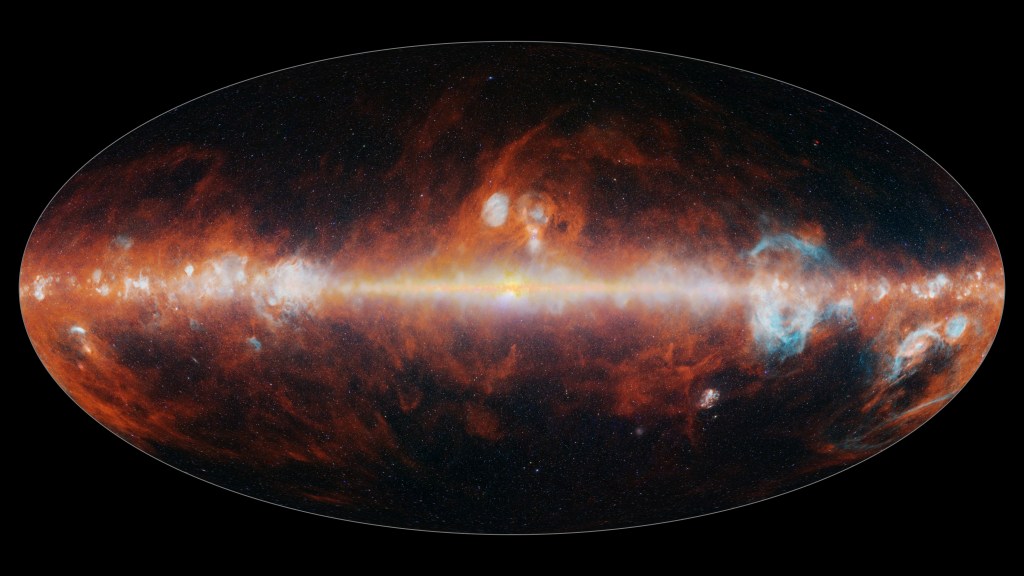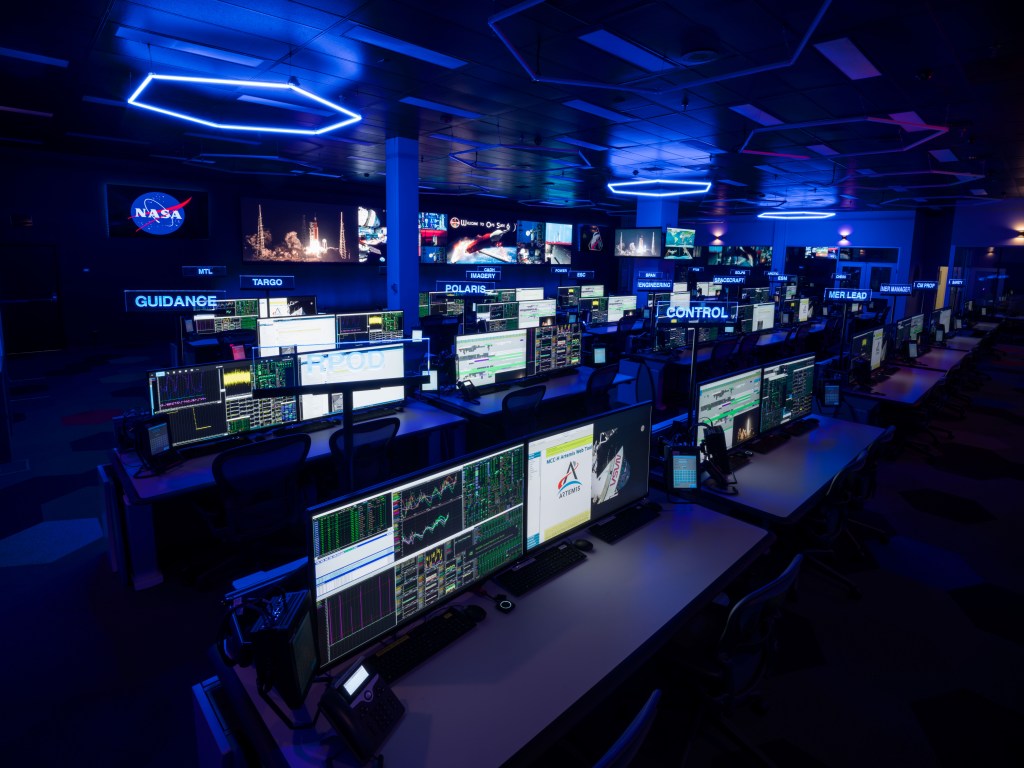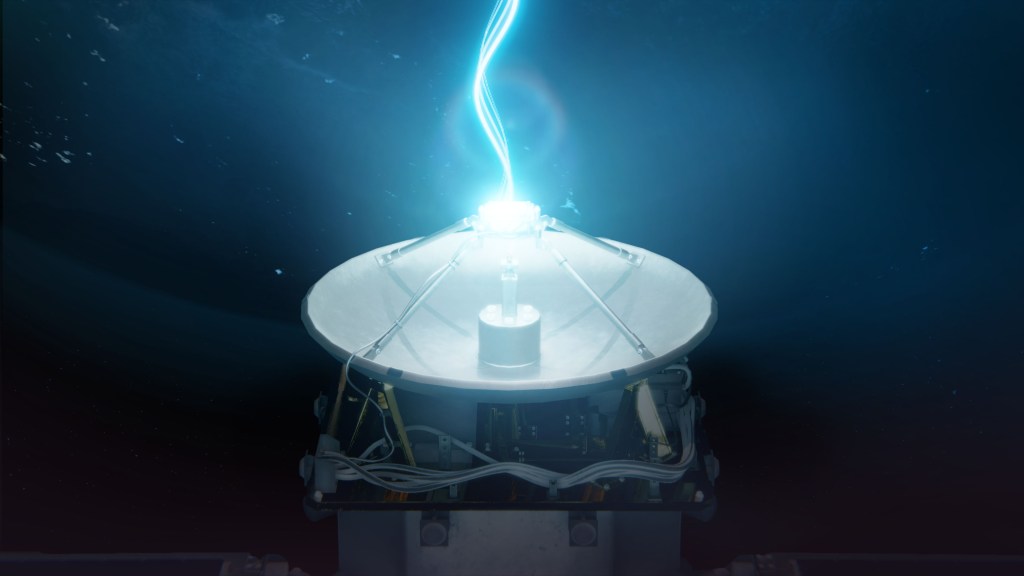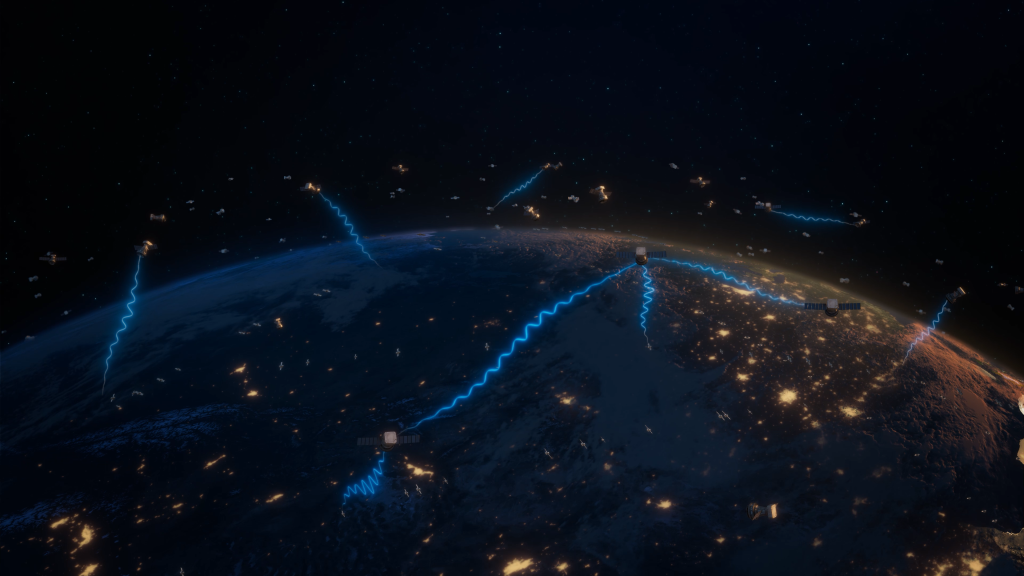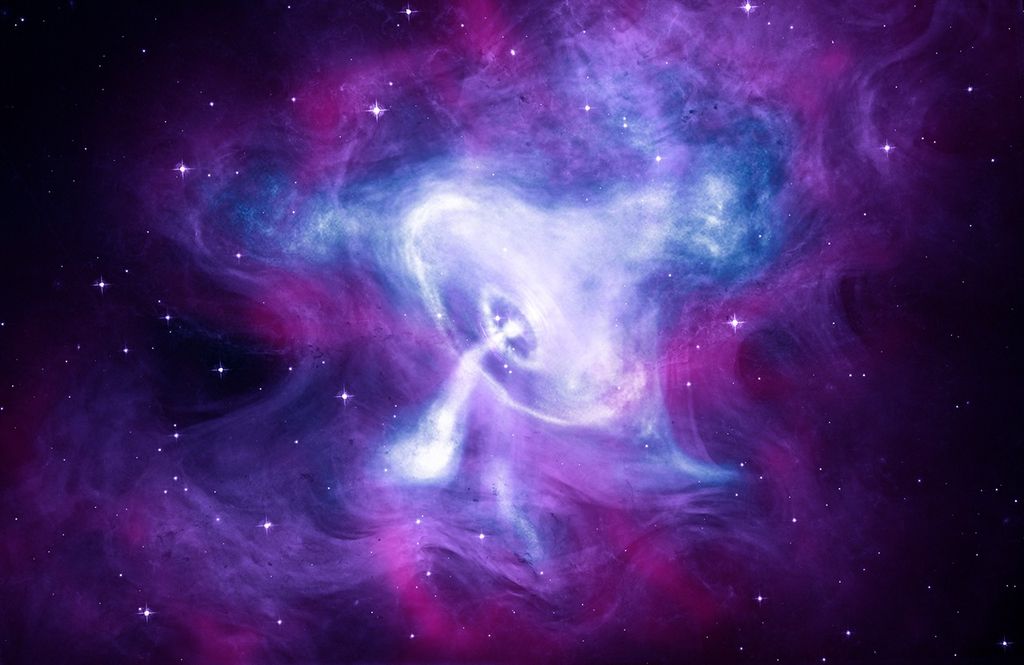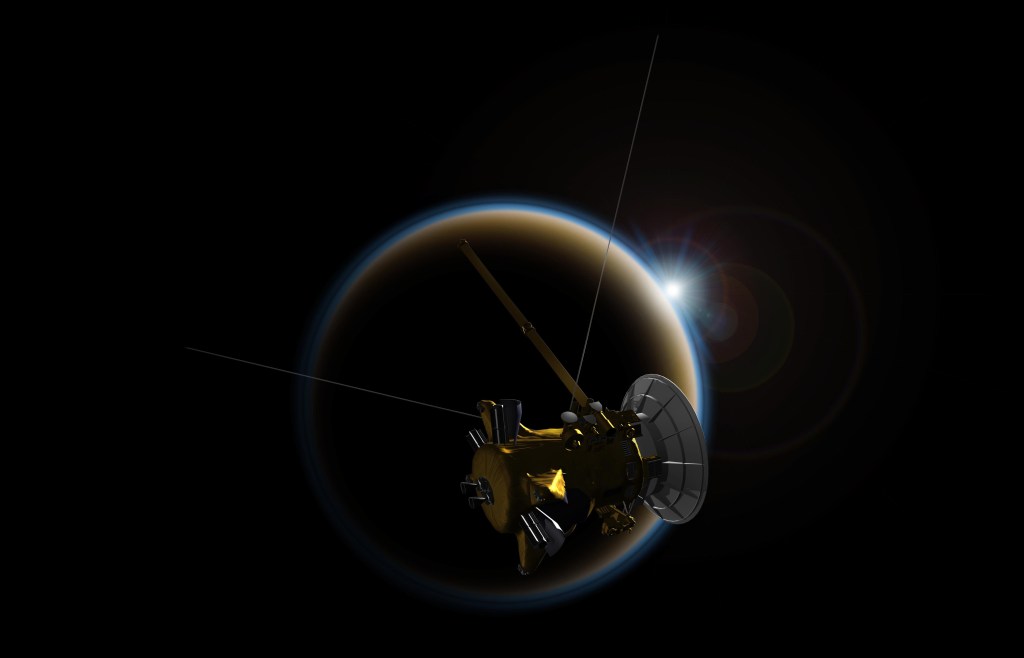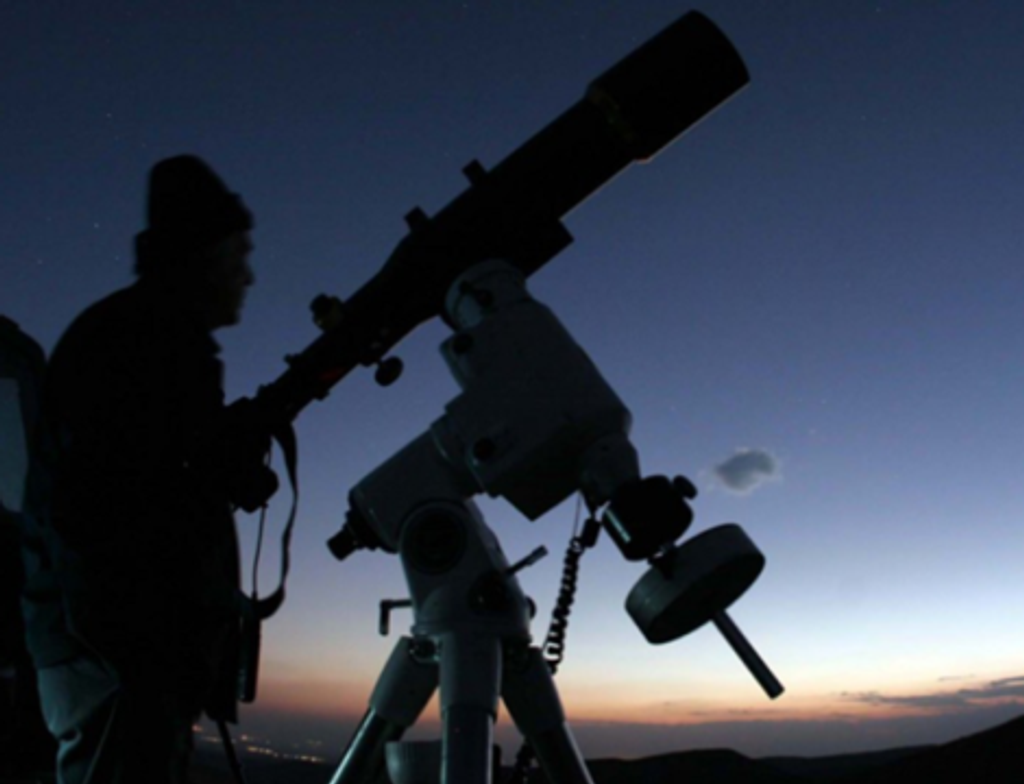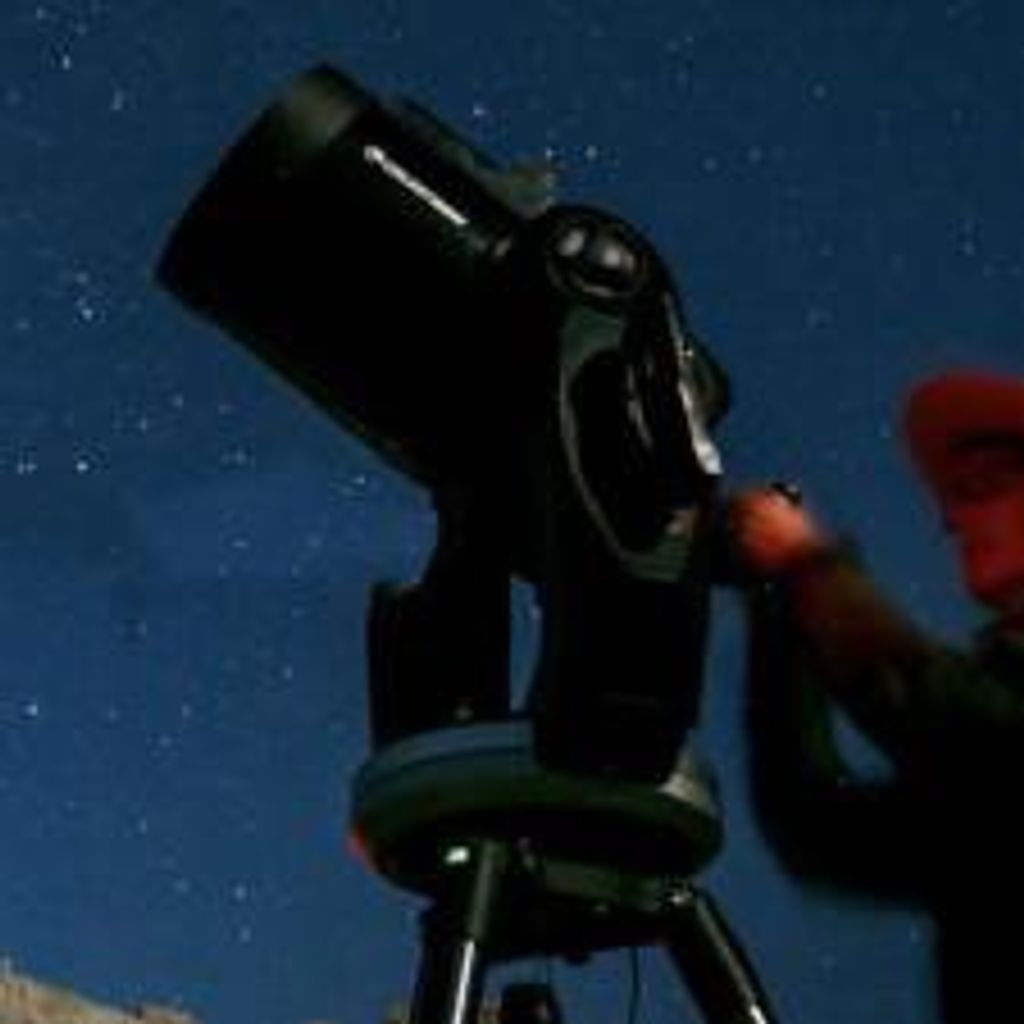1 min read
Edge-on Protoplanetary Disk in the Orion Nebula

Resembling an interstellar Frisbee, this is a disk of dust seen edge-on around a newborn star in the Orion nebula, located 1,500 light-years away. Because the disk is edge-on, the star is largely hidden inside, in this striking Hubble Space Telescope picture. The disk may be an embryonic planetary system in the making. Our solar system probably formed out of just such a disk 4.5 billion years ago. At 17 times the diameter of our own solar system, this disk is the largest of several recently discovered in the Orion nebula.
The left image is a three-color composite, taken in blue, green, and red emission lines from glowing gas in the nebula. The right image was taken through a different filter, which blocks any bright spectral emission lines from the nebula, and hence the disk itself is less distinctly silhouetted against the background. However, clearly visible in this image are nebulosities above and below the plane of the disk; these betray the presence of the otherwise invisible central star, which cannot be seen directly due to dust in the edge-on disk.
The images were taken between January 1994 and March 1995, and a study of their characteristics has been submitted for publication to the Astronomical Journal.
About the Object
- R.A. PositionR.A. PositionRight ascension – analogous to longitude – is one component of an object's position.05h 35m 17.29s
- Dec. PositionDec. PositionDeclination – analogous to latitude – is one component of an object's position.-5° 23' 27.99"
- Object NameObject NameA name or catalog number that astronomers use to identify an astronomical object.Orion Nebula, M42, NGC 1976
- Release DateNovember 20, 1995
- Science ReleasePanoramic Hubble Picture Surveys Star Birth, Proto-Planetary Systems in the Great Orion Nebula
- CreditMark McCaughrean (Max-Planck-Institute for Astronomy), C. Robert O'Dell (Rice University), and NASA
Related Images & Videos

Crucible of Creation: Panoramic Image of Center of the Orion Nebula
This spectacular color panorama of the center the Orion nebula is one of the largest pictures ever assembled from individual images taken with NASA's Hubble Space Telescope. The picture, seamlessly composited from a mosaic of 15 separate fields, covers an area of sky about five...
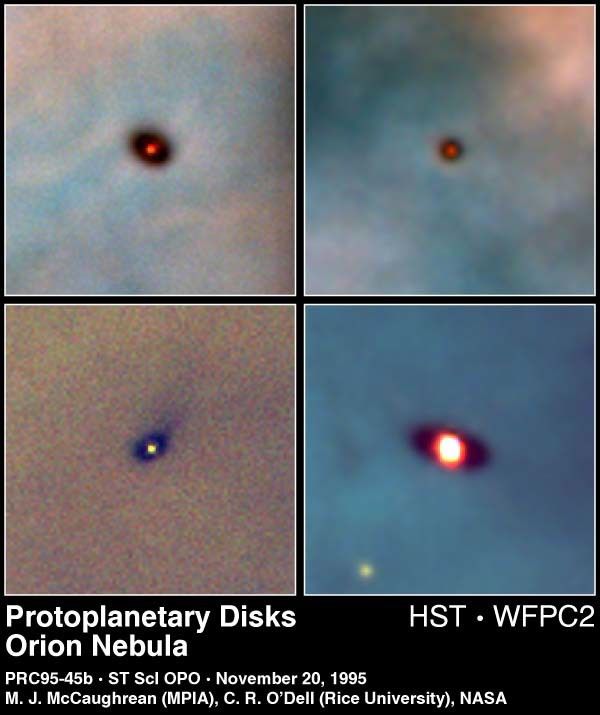
Planetary Systems in the Making: Dust and Gas Disks Around Young Stars in Orion Nebula
These are Hubble Space Telescope images of four newly discovered protoplanetary disks around young stars in the Orion nebula, located 1,500 light-years away. Gas and dust disks, long suspected by astronomers to be an early stage of planetary formation, can be directly seen in...

Proplyd in Orion Nebula
This image was taken through a different filter, which blocks any bright spectral emission lines from the nebula, and hence the disk itself is less distinctly silhouetted against the background. However, clearly visible in this image are nebulosities above and below the plane of...
Share
Details
Claire Andreoli
NASA’s Goddard Space Flight Center
Greenbelt, Maryland
claire.andreoli@nasa.gov

